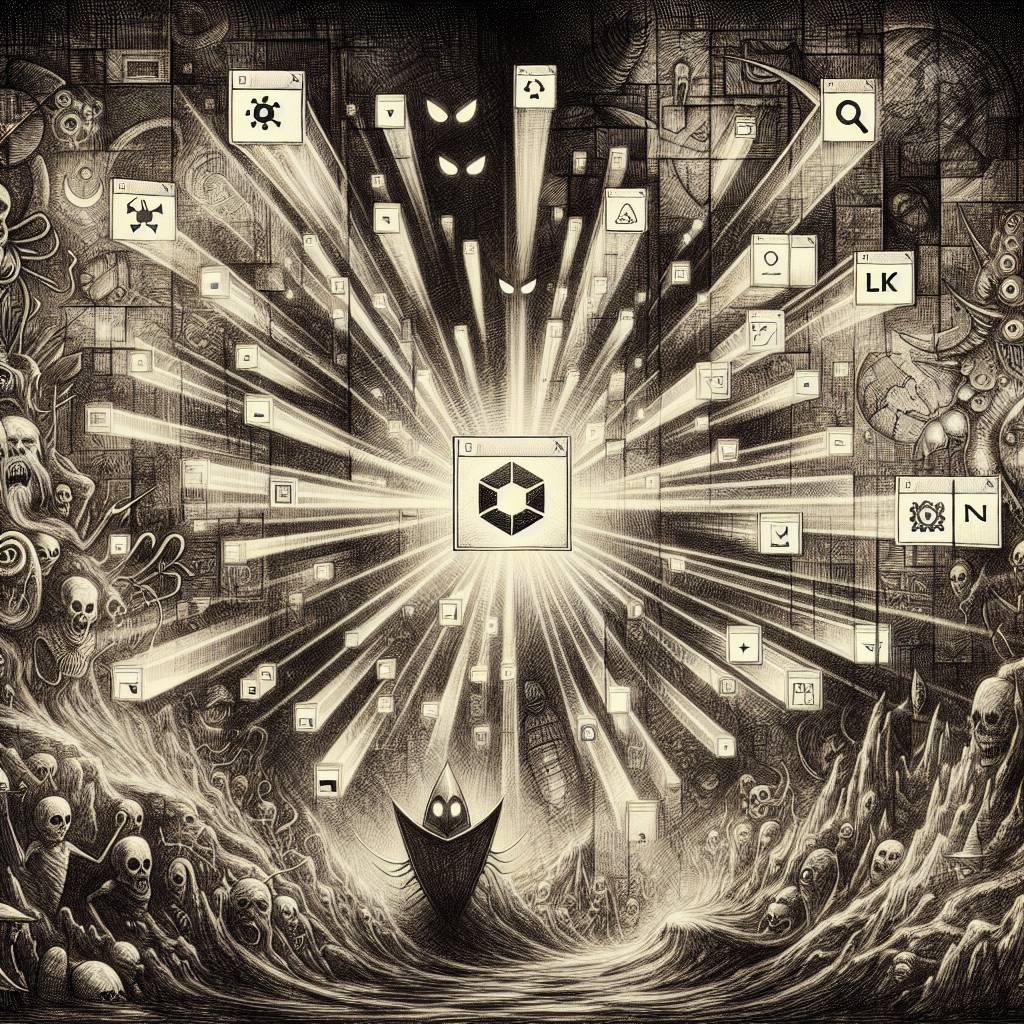Windows Shortcut Files: From Convenience to Cyber Chaos – LNK Malware’s Rising Threat
In the world of Windows, shortcuts aren’t just for convenience—they’re now unwitting malware delivery agents! Our analysis of 30,000 malicious LNK files shows attackers exploiting these handy helpers for evil deeds. Remember, if a shortcut seems suspiciously long or points to a mysterious location, it’s probably up to no good!

Hot Take:
Who knew that a simple Windows shortcut could be the digital equivalent of a Trojan horse? LNK files, those innocent-looking little icons on your desktop, are being weaponized faster than you can say “Oops, I clicked it!” With LNK malware skyrocketing, it’s time to treat these shortcuts like your shady uncle at Thanksgiving: handle with care, and always check what’s behind the façade.
Key Points:
- Malicious LNK files are on the rise, with detected samples tripling from 2023 to 2024.
- LNK files can execute malicious content and disguise themselves as benign files.
- The four categories of LNK malware include exploit execution and file execution tricks.
- Examining LNK file properties can help identify potential threats.
- Palo Alto Networks offers several products to protect against LNK malware threats.
Already a member? Log in here
